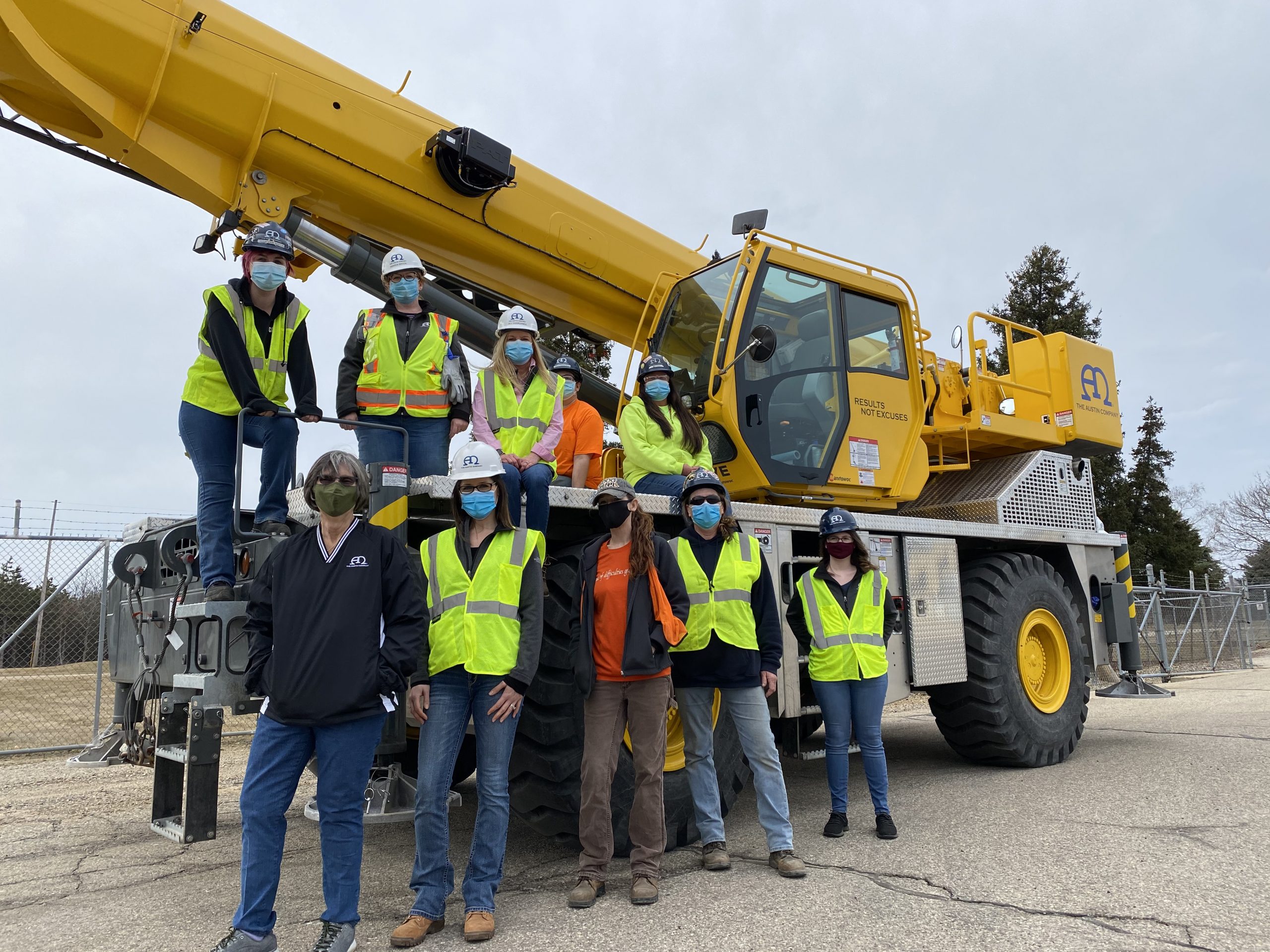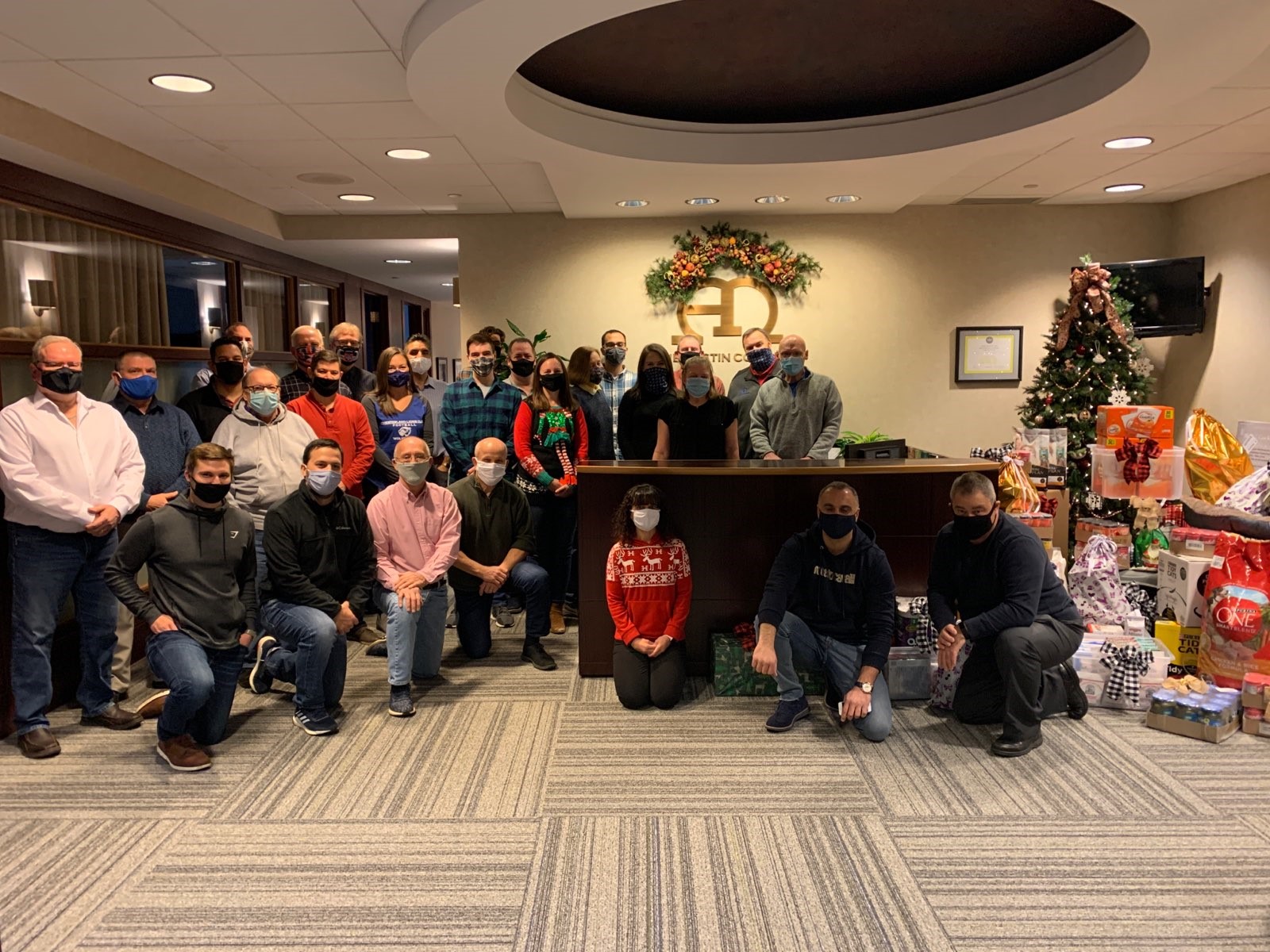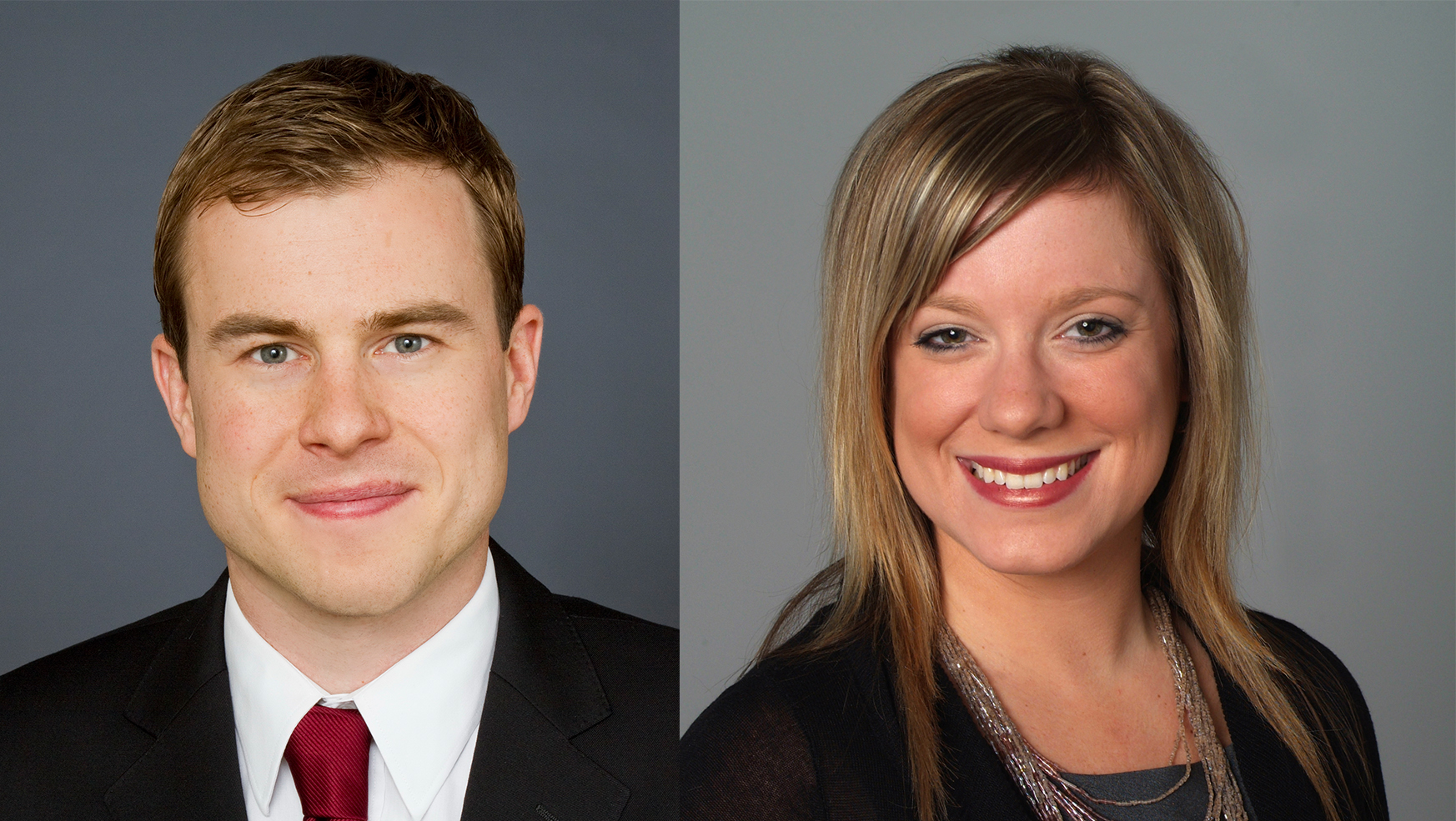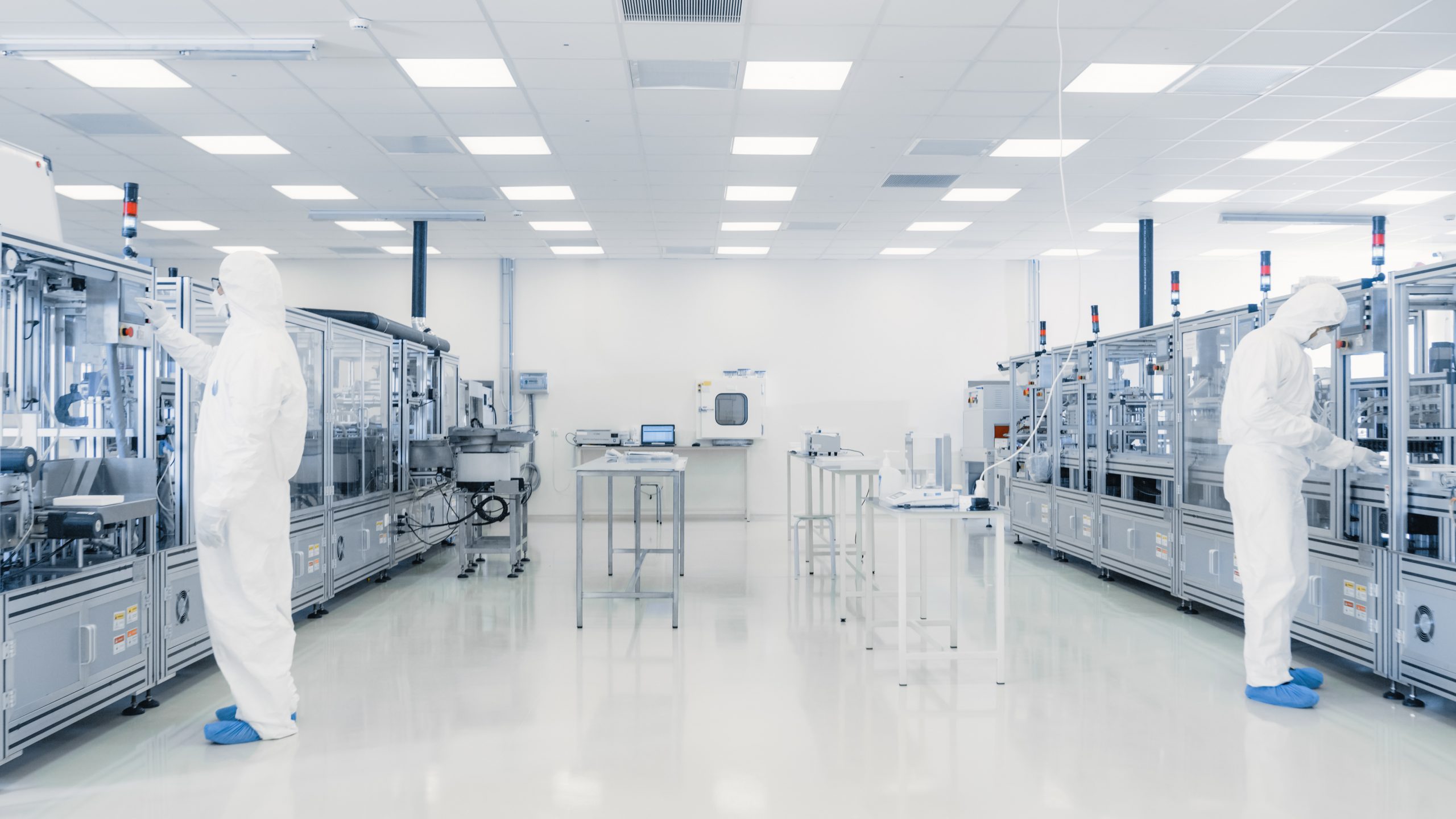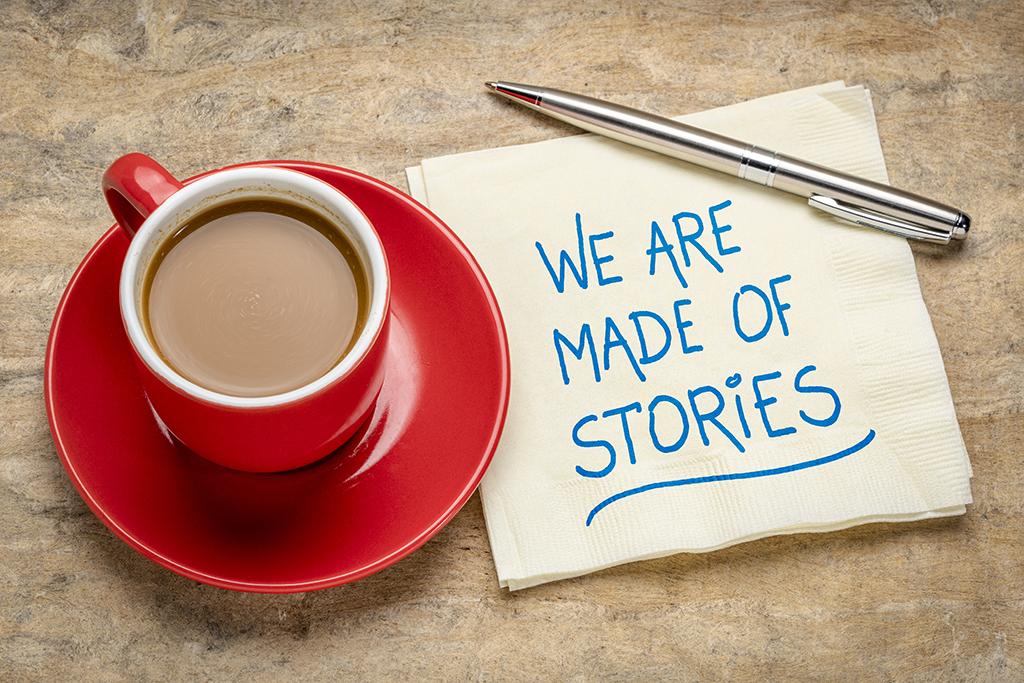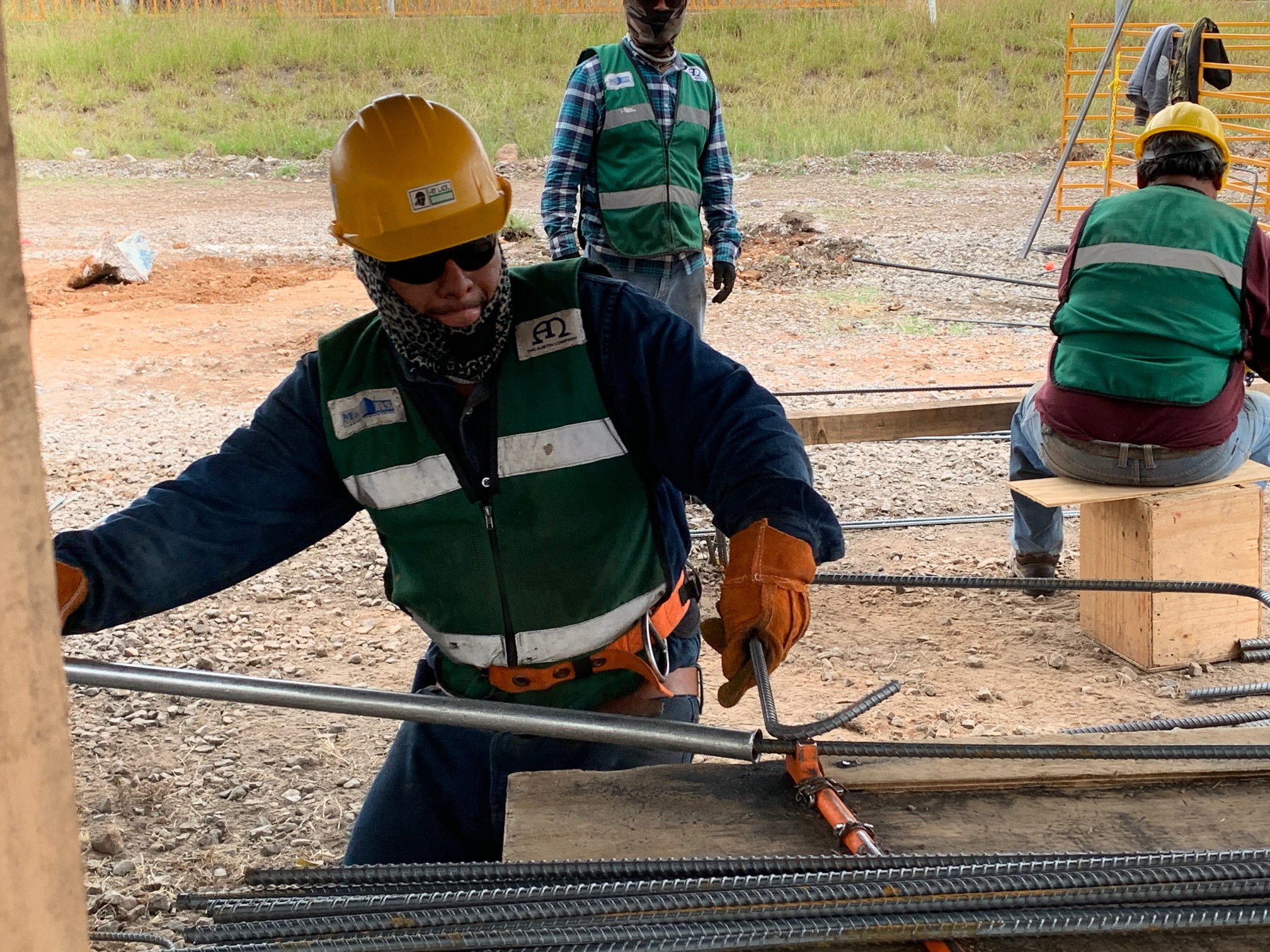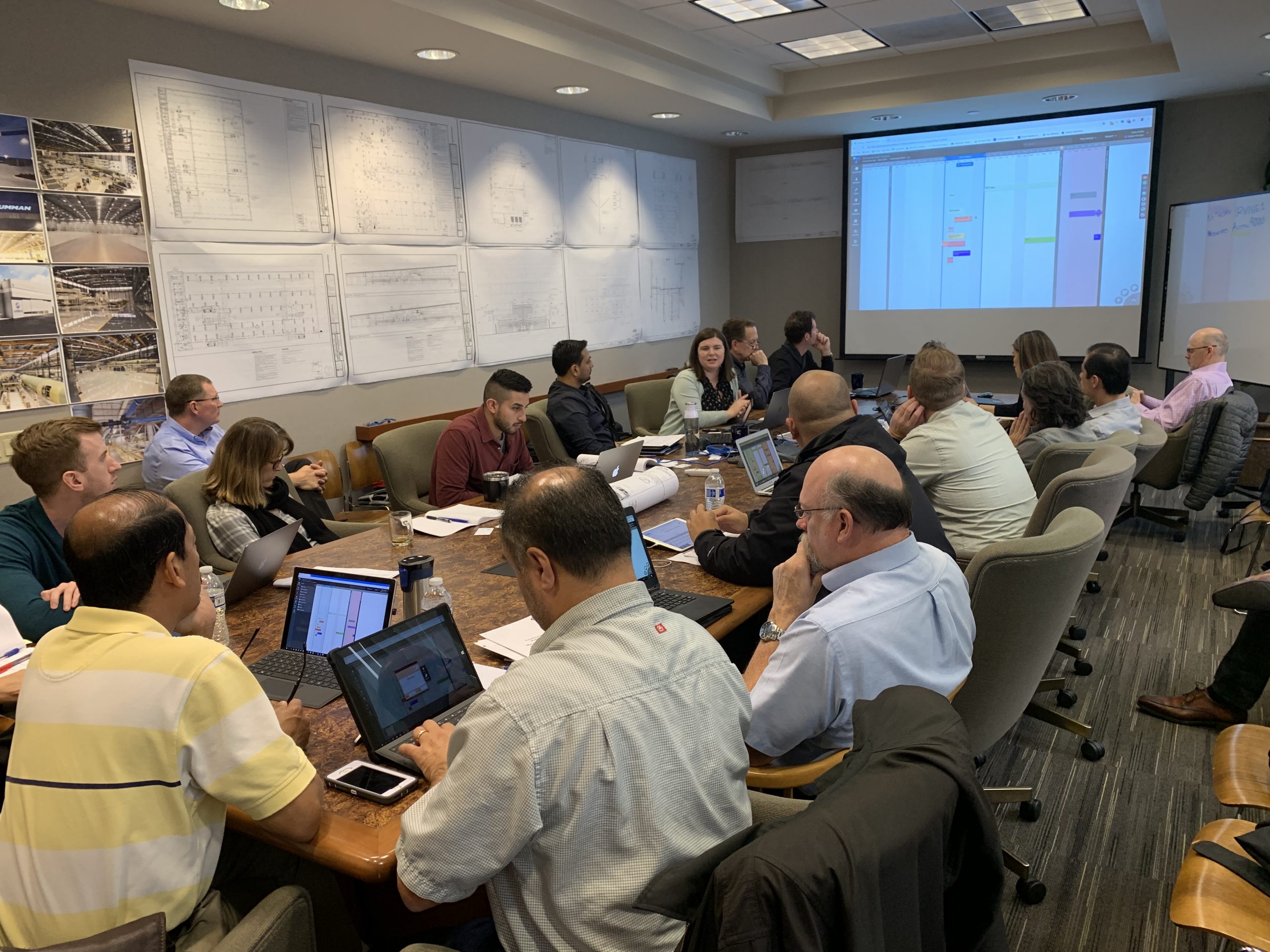
The International Listening Association estimates that the human brain listens at a rate of 125 to 250 words per minute, but the brain processes at 1,000 to 3,000 words per minute.
Think about that. You are on the mental input highway, and listening is going 25 mph in a 200 mph processing zone! To be an intentional listener, you have to slow your mind down to 25mph to accept all that is communicated.
Competing priorities and distractions make it hard to commit to fully listening and focused engagement. Remote working doesn’t help. While the advent of Teams and Zoom make video conferencing much more accessible, I find these calls to be mostly transactional. There is little chance to key into the non-verbal communication clues you get when meeting in person. A critical non-verbal communication element is eye-to-eye contact. That doesn’t happen with video conferencing. Some researchers say that non-verbal communication accounts for about two-thirds of all communications.
As one senior architect said, “if I am redlining drawings with my team at a table together, I can sense if they understand the nuances of why the design doesn’t work. That doesn’t happen as easily if we are on a video call with four or five of us on the screen.” And the social conversations that happen before and after an in-person meeting do not occur as readily.
How many times have you gotten an email that you interpreted negatively, but when you talked to the sender, the negativism was lessened or mitigated? Just the effort of verbal communications, especially in-person communications, lets the person know you respect them and commit your time and focus to hearing their issues. There is so much more to listening than merely hearing the words. It is about seeking to understand and process what is said and why.
And when we do, the interactions we have with people are much richer and deeper.
I know that my wife is one person I listen to most intently (and she knows when I am not!) I am easily motivated to listen to her because I am invested in her. What she says is important to me, and I place a priority on fully understanding what her thoughts are. For example, our family’s absolute house rule is we eat together as much as we can, and when we do, there is no TV. It is time to talk and learn from each other.
And that is a crucial point to consider. There is so much competition in our daily environment for our attention and focus. To listen with the necessary focus and purpose, there is a lot of noise that needs to be filtered out or turned off. Much is lost when we are not listening intently (i.e., with intention and purpose). As Stephen Covey observed, most people listen not with the intent to understand but to reply.
Purposeful, intentional listening requires full commitment and engagement. I recently read a book called the Trillion Dollar Coach about Bill Campbell, who became a very close advisor to many of the tech world’s biggest names at Google, Apple, SAP, and more. Campbell excelled at strategy and business, but there are countless executives out there that do as well. What made him different? The authors noted that trust is essential in business relationships along with other factors, but for Campbell, “trust was always first and foremost, it was his superpower.” He did this through purposeful listening, undistracted, and fully committed to the time spent with someone. He earned the trust and admiration of everyone with whom he engaged. He genuinely cared. He prioritized them, and they knew it.
Indeed, it is easier to listen intently to the people you care about the most, such as spouses, family members, BFFs, etc. To create those relationships that drive a successful business, you must be intentional in listening to teammates at work just as we do with loved ones at home.
The importance of intentional listening is critical to successful business relationships, as Bill Campbell demonstrated. This intentionality is fundamental to my opening question: Is listening a lost art? Listening with intention speaks to establishing priorities, staying focused, and being committed.
Prioritization. Is the time we are spending in a conversation a priority for both parties? Often not, but that comes with significant consequences at times. The often-cited statistics that employees leave a company not for money but because of their boss, saying, “He won’t listen to me.” The boss may be distracted and not fully engaged. It is not a priority for him at that time. However, when the resignation letter hits his desk, it indeed becomes a priority.
I know when I am on a video call, I typically have two monitors open. The meeting is on one side, but what is on the other monitor? When it is Outlook, I find that a big distraction. I have recently gotten into the habit that if I do not need the other monitor for the call’s purpose, I turn it off. Doing so is a conscious action to prioritize my commitment to the person I’m communicating with, and an added benefit is that my recollection of the discussion improves.
Focus takes energy. Whether it is driven by adrenaline or a mental decision to concentrate on the task at hand, focus requires energy. The execution of every task can benefit from the added focus. If the speaker sees you focused, they will appreciate that you care enough and are interested enough to listen to and consider what they have to say. It shows respect.
Commitment. It is easier to listen intently to someone we care about because we have an emotional connection that comes with caring for the person. Because you care, you are naturally motivated to understand their perspective, rather than what your reply might be. Organizations whose employees are committed to one another indeed care about one another as well. As a result, those organizations tend to be healthier and more successful.
So to my original question, in today’s society, we have so many things competing for our attention, how often are we listening? A work colleague once commented that today, “common sense is in such short supply it could be considered a secret weapon.”
So too, could this be said about intentional and focused listening.
As we dive headlong into the “new normal,” let’s make sure that normal includes enough time, opportunity, and awareness to listen. Let’s make it our superpower. It’s that important.
RELATED THOUGHTS
Campbell was said to practice “Free Form Listening.” The authors define it as “Listen to people with your full and undivided attention. Don’t think ahead to what you’re going to say next and ask questions to get to the real answer.”
